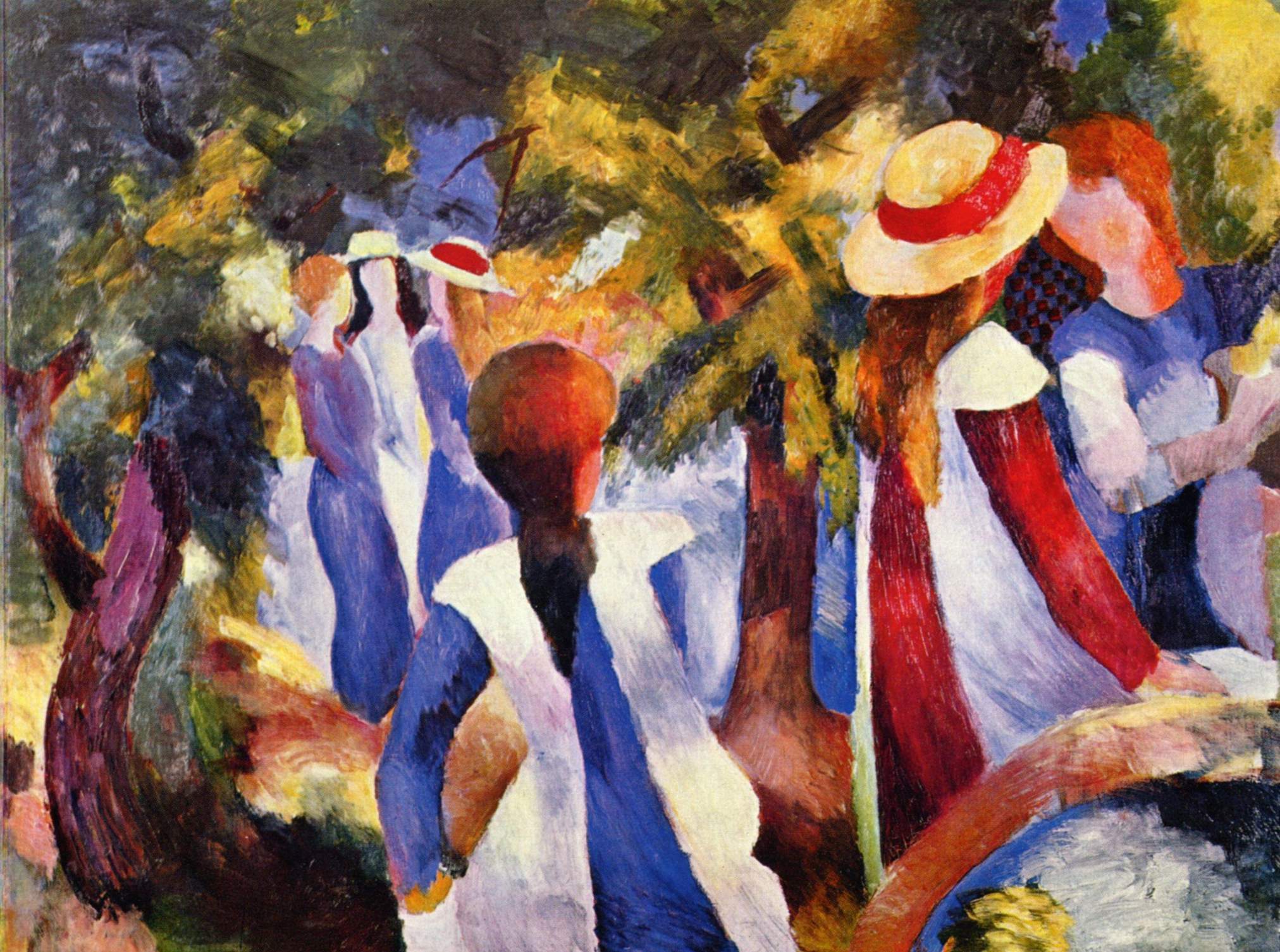What a treasure! One speaks of 1400 or 1500 paintings from famous artists such as Picasso, Matisse or Chagall.
No, this is not the Hermitage in Saint Petersburg, which contains much more breath-taking artistic beauties. We are merely in the apartment of an 80 years-old German who resides in Munich.
The man has been hiding an artistic treasure trove for 70 years. He received this invaluable heritage from his father, who, during the Nazi regime, was in charge to ‘clean’ the arts of what should now be displayed. Thus, the uncovered paintings disappeared or were confiscated and tagged as ‘degenerate’ during the gloomiest years of Europe. Many considered them lost.
How many are they? – It depends on the newspapers one reads (spiegel.de, welt.de, bbc, dailymail, etc.). In the context of the present article, the exact number is though not so important. What lies behind the total amount of this impressive quantity of stolen pieces of art is rather what they represent: on the one hand, artistically; on the other hand, historically.
In terms of cultural heritage, the discovery is quite unique and will stay in the annals for the incomparable size of the treasure trove. Many had thought that the recovered paintings had been destroyed during World War Two (WWII). Fortunately enough, they were not, and will now return back to their initial function as living pieces of art.
Historically, the finding unveils another page of Europe’s darkest period: the Nazi regime in Germany. Next to all atrocities produced during WWII, in terms of lost human lives, other sides of human nature were also suspended during time – the arts.
Barbarism and blindness destroyed the fertile European ground for a long time. On its ruins, and after two major world conflicts, Europeans accomplished building a unique undertaking that turned enemies of the past into close and reliable partners, namely the current European Union (EU).
Uniqueness is a characteristic that underlies the European project: it epitomizes the ability to bring foes to the table for discussion and intrinsically tie them, on a consensual basis.
This unique European journey had rough contours in its early stages. It cost courage and profound humility to accomplish the steps the founding fathers of the EU accomplished: to reciprocally reach a hand to the one you desperately fought with.
The somehow anodyne anecdote here, has more content then it seems: first, it opens up a door to an artistic treasure trove we thought was lost, and we were deprived of. Second, it sheds a new light to a gloomy past, which Europeans succeeded to turn into a paragon: it is the transformation of Europe, from a battleground to a prosperous, more diverse and respectful territory.
The Europe of today, the one we are gradually building, is also a mutual treasure we must learn to preserve and enrich.

Leave a Reply